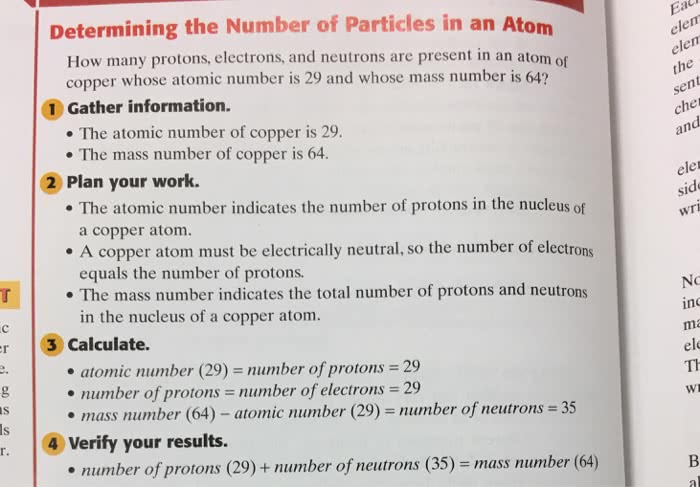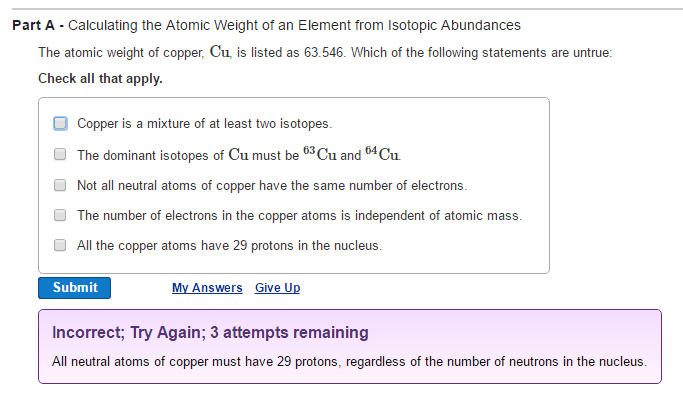Chemistry 1301A/B Chapter Notes - Chapter 1: Combustion Analysis, Lewis Acids And Bases, Lithium Hydroxide
Document Summary
Atoms are the building block of matter. they contain three types of particles: protons (+), electrons (-) and neutrons (no charge) Protons and neutrons have almost the same mass, but electrons are much smaller. Atomic number is the number of protons in the nucleus. this determines what element it is. Tin will always have 50 protons, and an atomic number of 50. Mass number is the total number of protons and neutrons in an atom. Atomic mass is the physical mass of an atom expressed in grams, or other units. Atomic mass unit, or dalton, is defined as exactly 1/12th of the c-12 atom. it is denoted with u. Isotopes are atoms with the same number of protons, but different number of neutrons. Certain elements have large quantities of one isotope and very little of the others. Isotopic abundance is the percent by number if each of the isotopes of an element.






